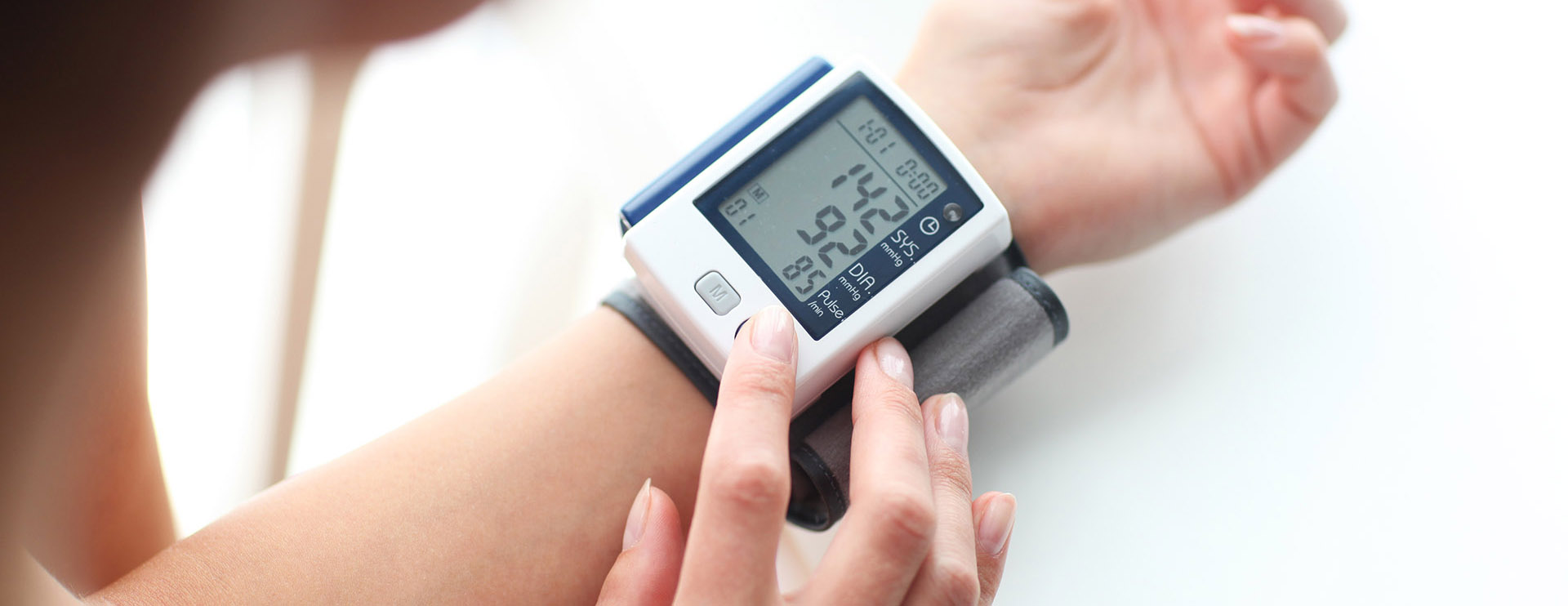Let's talk about high blood pressure
Pressure is the force exerted by the blood on the arteries as it flows through them. It is considered to be high blood pressure or hypertension when the values of the systolic pressure (the so-called "maximum") exceed 140 mmHg and those of the diastolic pressure (the minimum) 100 mmHg. Hypertension is dangerous because it increases the risk of cardiovascular disease. In fact, the heart of a patient suffering from high blood pressure must work harder to push the blood, which flows through the circulatory system with more difficulty. This overwork causes a progressive enlargement of the myocardium with less blood arriving. The problem is that when heart cells are not adequately nourished by the flow of blood, they die within minutes, causing various diseases, such as arrhythmias, angina and heart attack. In addition to this, in the presence of hypertension, the arterial walls thicken and harden progressively, also due to the formation of plaques inside the vessels. The result? The circulation is further slowed down.
The most suitable remedies
The ideal solution to maintain blood pressure values within the optimal thresholds is to use two mushrooms together, which hence act through two complementary mechanisms: Polyporus and Auricularia. The first exerts a powerful diuretic effect, so it helps to eliminate excess fluids and sodium, decreasing pressure on the vessels. The result is a decrease in high blood pressure. Auricularia, on the other hand, promotes vasodilation and, consequently produces a lowering of high pressure too: in dilated vessels, in fact, blood flows more easily and therefore exerts less pressure on the walls. Not only that: this mushroom prevents the arteries from becoming rigid and so, consequently, the pressure does not increase. In addition, it prevents arteriosclerosis. In some cases, it may be useful to add Reishi, which reduces high blood pressure with both peripheral and central actions. Moreover, these mushrooms have many other useful effects. For example, Reishi optimizes the energy yield of the heart, increases the flow of blood throughout the body and protects the heart and blood vessels from damage caused by free radicals. Auricularia, on the other hand, resolves micro-lesions on the walls of the blood vessels which cause inflammation of the walls and hence produce arteriosclerosis. Each mushroom should be taken at a dose of 2 grams per day, for a minimum of 3 months.
See you next week
Dr Walter Ardigò
